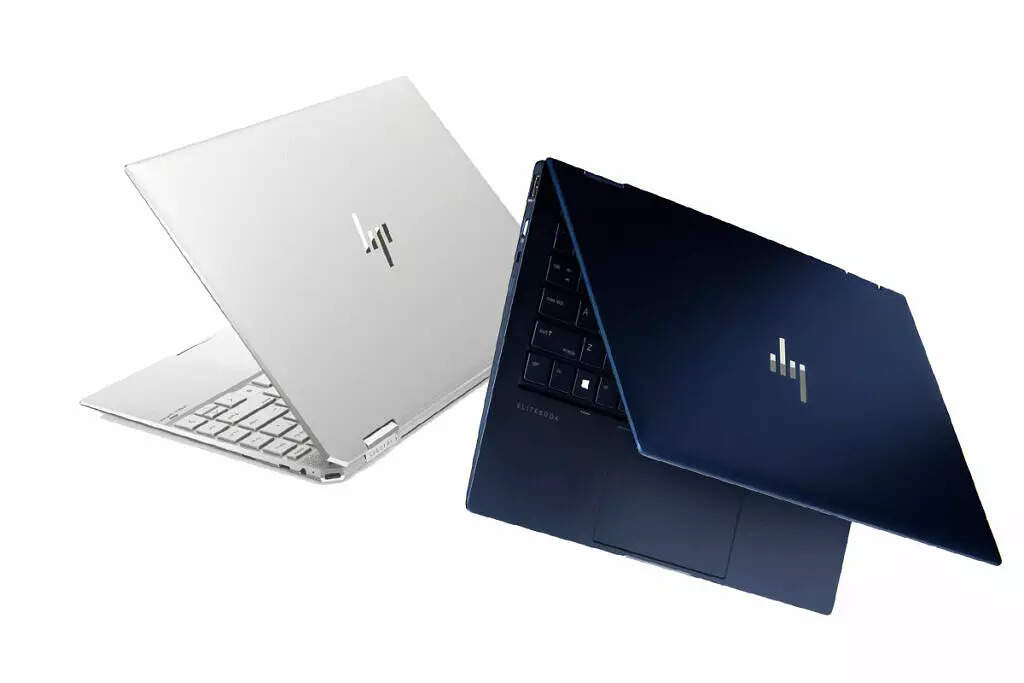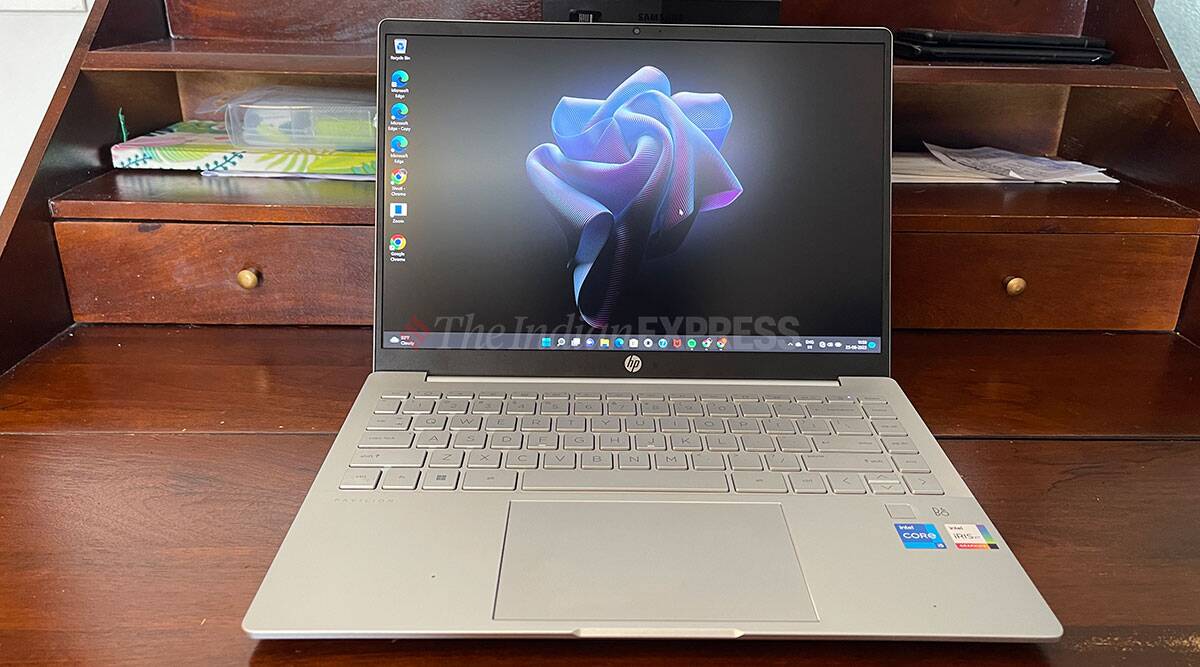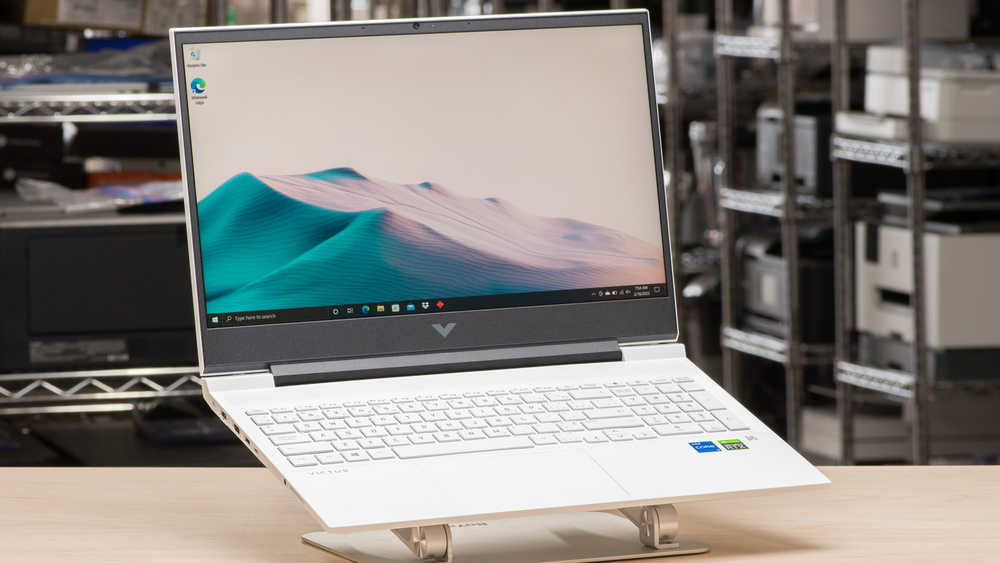Introduction Of HP
HP (Hewlett-Packard) is an American multinational technology company that specializes in the development and production of personal computers, printers, and related supplies and accessories, as well as software, services, and solutions for businesses and individuals around the world. The company was founded in 1939 by Bill Hewlett and Dave Packard in a garage in Palo Alto, California.
Today, HP has its headquarters in Palo Alto, California and Houston, Texas, and employs over 60,000 people worldwide. HP operates in more than 170 countries and is one of the largest PC vendors in the world. The company is known for its innovative and high-quality products, including laptops, desktops, printers, and servers, as well as software and services for businesses and consumers. HP is committed to sustainability and has made significant efforts to reduce its environmental impact by using recycled materials and reducing waste. Overall, HP is a well-respected and trusted technology brand that has played a major role in shaping the technology industry over the past several decades.
History And Evolution Of HP
HP (Hewlett-Packard) was founded in 1939 by Bill Hewlett and Dave Packard in a garage in Palo Alto, California. The company’s first product was an audio oscillator, which was used to test sound equipment. The company quickly grew and expanded into other areas, including calculators and computers.
In the 1960s, HP introduced its first computer, the HP 2116A, which was designed for scientific and engineering applications. This was followed by the HP 9100A, which was the company’s first programmable calculator. In the 1970s, HP became a leader in the computer industry with the introduction of the HP 3000 minicomputer and the HP 9825 desktop computer.
In the 1980s and 1990s, HP continued to expand its product line and market share, introducing popular products such as the HP LaserJet printer and the HP Pavilion desktop and laptop computers. The company also expanded into software and services, acquiring companies such as Compaq and Electronic Data Systems (EDS).
In the early 2000s, HP experienced some challenges, including declining market share and a series of management changes. However, under the leadership of CEO Meg Whitman, the company implemented a successful turnaround strategy that included cost-cutting measures, product innovation, and a focus on key markets such as cloud computing and 3D printing.
Today, HP is one of the largest technology companies in the world, with a broad range of products and services for businesses and consumers. The company continues to innovate and invest in new technologies, including artificial intelligence, virtual reality, and blockchain.
Products And Services Of HP
HP (Hewlett-Packard) is a diversified technology company that offers a broad range of products and services for both consumers and businesses. Here are some of the main products and services that HP offers:
- Personal computers: HP produces a variety of desktop and laptop computers for both personal and business use, including the popular HP Spectre, Envy, and Pavilion models.
- Printers: HP is known for its high-quality printers, including inkjet and laser printers for home and office use, as well as large-format printers for professional applications.
- Supplies and accessories: HP also produces a range of supplies and accessories for its products, including ink cartridges, toner cartridges, paper, and various other accessories.
- Software and services: HP offers a range of software and services for businesses, including security and data protection, cloud computing, managed services, and consulting services.
- 3D printing: HP is a leader in the 3D printing industry, producing a range of 3D printers and related software and services.
- Gaming: HP produces a range of gaming laptops, desktops, and accessories under its OMEN brand.
Overall, HP is a diversified technology company that offers a broad range of products and services for a variety of industries and markets.
Marketing And Branding Strategy Of HP
HP (Hewlett-Packard) has a comprehensive marketing and branding strategy that includes a range of tactics to promote its products and services to customers. Here are some key elements of HP’s marketing and branding strategy:
- Brand positioning: HP’s brand positioning centers around the concept of “Keep Reinventing,” which highlights the company’s commitment to innovation and ongoing improvement.
- Customer segmentation: HP targets a range of customers with its products and services, including consumers, small and medium-sized businesses, and large enterprises.
- Content marketing: HP uses content marketing to engage customers and build brand awareness, including blog posts, social media content, and video marketing.
- Influencer marketing: HP works with influencers and celebrities to promote its products, particularly in the gaming and entertainment industries.
- Experiential marketing: HP has used experiential marketing to promote its products, including pop-up shops and interactive displays at major events.
- Social media: HP has a strong social media presence, using platforms such as Twitter, Facebook, and Instagram to engage with customers and promote its products.
Overall, HP‘s marketing and branding strategy is focused on building a strong brand image, engaging customers through content and social media, and leveraging influencers and experiential marketing to promote its products
Conclusion Of HP
In conclusion, HP (Hewlett-Packard) is a diversified technology company that offers a wide range of products and services for consumers and businesses. Over the years, HP has established itself as a leader in the technology industry, particularly in the areas of personal computing, printing, and 3D printing.
HP‘s history of innovation and commitment to ongoing improvement has allowed the company to maintain its position as a leading provider of technology products and services. HP’s marketing and branding strategy focuses on building a strong brand image, engaging customers through content and social media, and leveraging influencers and experiential marketing to promote its products.
Looking ahead, HP is well-positioned to continue driving innovation and growth in the technology industry, particularly in areas such as 3D printing, gaming, and sustainability. With its diverse portfolio of products and services and its commitment to innovation and excellence, HP is likely to remain a key player in the technology industry for years to come.

















